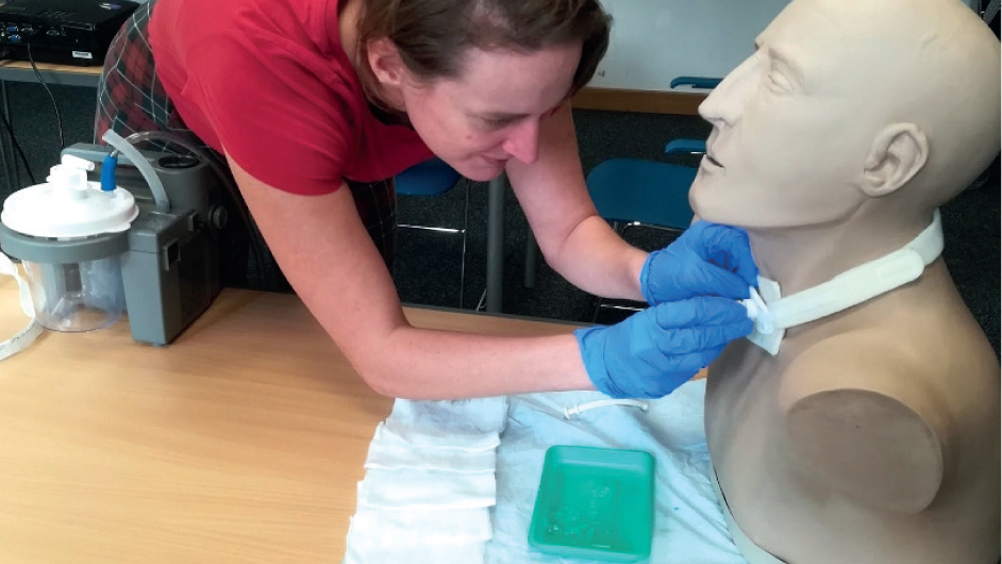Settling into community

Abstract
As more paramedics transition across various roles, Band 6 paramedic, Jennifer Green shares her journey in a new monthly column in 2024, as she makes her way from the ambulance setting into general practice
Welcome back to my column discussing working as a community paramedic for a GP practice—and in this new role, it really does feel like being a community paramedic. I have been working with this new GP practice now for 2 months, and so have had enough time to get a handle on the day-to-day flow of expectations and workload. One part that I am very much enjoying is the opportunity to get out to people's houses. A valuable element I have mentioned previously is the feeling of being able to equalise healthcare access to vulnerable patients. From a work experience perspective, being able to manage your own time and prioritise patients as well as getting to know the local area on foot a little better is great! I am chuffed to be able to regularly chat through cases daily, now I am having a weekly tutorial session with a senior doctor who is analysing my decision-making and clinical understanding, as well as deep diving into any topics that are particularly relevant or of interest. This is the type of environment in which it is possible to learn and grow, which is ideal for me as I eventually want to be an advanced clinician.
Subscribe to get full access to the Journal of Paramedic Practice
Thank you for visiting the Journal of Paramedic Practice and reading our archive of expert clinical content. If you would like to read more from the only journal dedicated to those working in emergency care, you can start your subscription today for just £48.
What's included
-
CPD Focus
-
Develop your career
-
Stay informed

